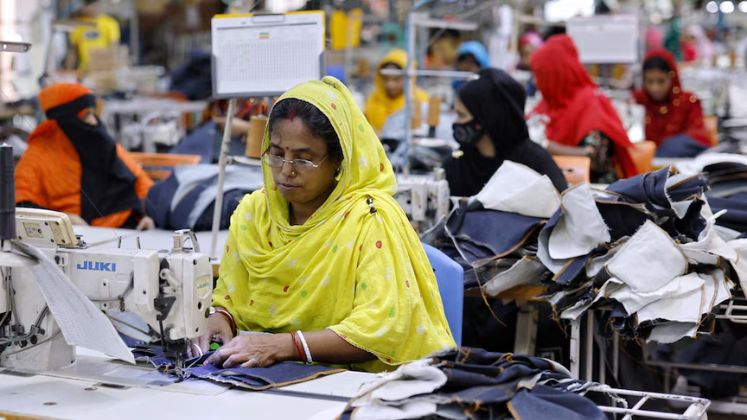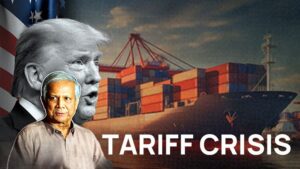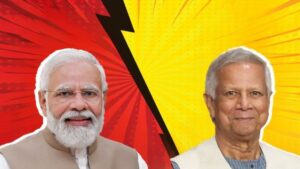
Bangladesh’s exporters expressed cautious optimism following the United States’ decision to slash tariffs on Bangladeshi goods from 35% to 20%, offering some breathing space amid ongoing global trade challenges. However, industry insiders warned that the new tariff rate still poses significant hurdles, with fears that increased costs could impact competitiveness and export volumes.
The US move came after intense negotiations between Bangladeshi officials and the Office of the United States Trade Representative (USTR), resulting in a reduction from the initial proposed 37% tariff. The revised rate is expected to help Bangladeshi exporters compete more effectively against rivals like Vietnam, which faces similar tariffs, and other regional competitors such as Cambodia, Indonesia, and Pakistan, who enjoy lower duties.
AK Azad, chairman of Ha-Meem Group and a former president of the Federation of Bangladesh Chambers of Commerce and Industry (FBCCI), welcomed the reduction, noting that many Bangladeshi exports already benefit from lower tariffs and that the new rate could help retain existing orders. He emphasised the importance of strategic negotiations with US buyers, who might use the tariff hike as leverage for price reductions.
Azad also highlighted that Vietnam faces similar tariffs, which mitigates the threat of increased competition from that country. However, Bangladesh remains slightly disadvantaged compared to countries like Cambodia and Indonesia, which face tariffs around 19%, and Pakistan, which enjoys a 19% duty due to access to local raw materials.
Industry leaders warned that US buyers could transfer the additional costs to Bangladeshi exporters by demanding lower prices, potentially leading to reduced order volumes. Anwar-Ul-Alam Chowdhury, president of the Bangladesh Chamber of Industries, cautioned that smaller manufacturers might struggle to retain US clients amidst bargaining pressures, especially as rising import costs could drive up prices for American consumers, possibly dampening demand.
Riad Mahmud, managing director of N Poly, a non-leather shoe exporter, expressed hope that existing orders might resume as the tariff rate aligns with Vietnam’s. Still, he anticipated US buyers would negotiate to absorb part of the tariff costs, which could hurt exporters’ margins.
Asif Ibrahim, former president of the Dhaka Chamber of Commerce and Industry (DCCI), viewed the tariff reduction as an opportunity for Bangladesh to recalibrate its export strategies. He suggested the industry could leverage the situation to focus on higher-value, sustainable apparel production, emphasizing efficiency, technology, and design to maintain competitiveness in a rapidly evolving global landscape.
Ahsan Khan Chowdhury, chairman and CEO of Pran-RFL Group, voiced concerns about the tariff’s impact on his company’s exports. He revealed that some US buyers have asked for price reductions to offset the tariffs, posing a challenge for companies operating on thin margins. Chowdhury criticised the move as “a step backwards for global trade,” warning that higher US prices could burden American consumers and strain trade relations.
Industry stakeholders agree that ongoing engagement with US partners, coupled with efforts to reduce production costs and enhance product quality, will be crucial for Bangladesh to maintain its foothold in the American market. While the tariff reduction is a positive development, many believe that proactive strategies and diplomatic negotiations will be necessary to navigate the complex trade environment and safeguard Bangladesh’s export growth.






